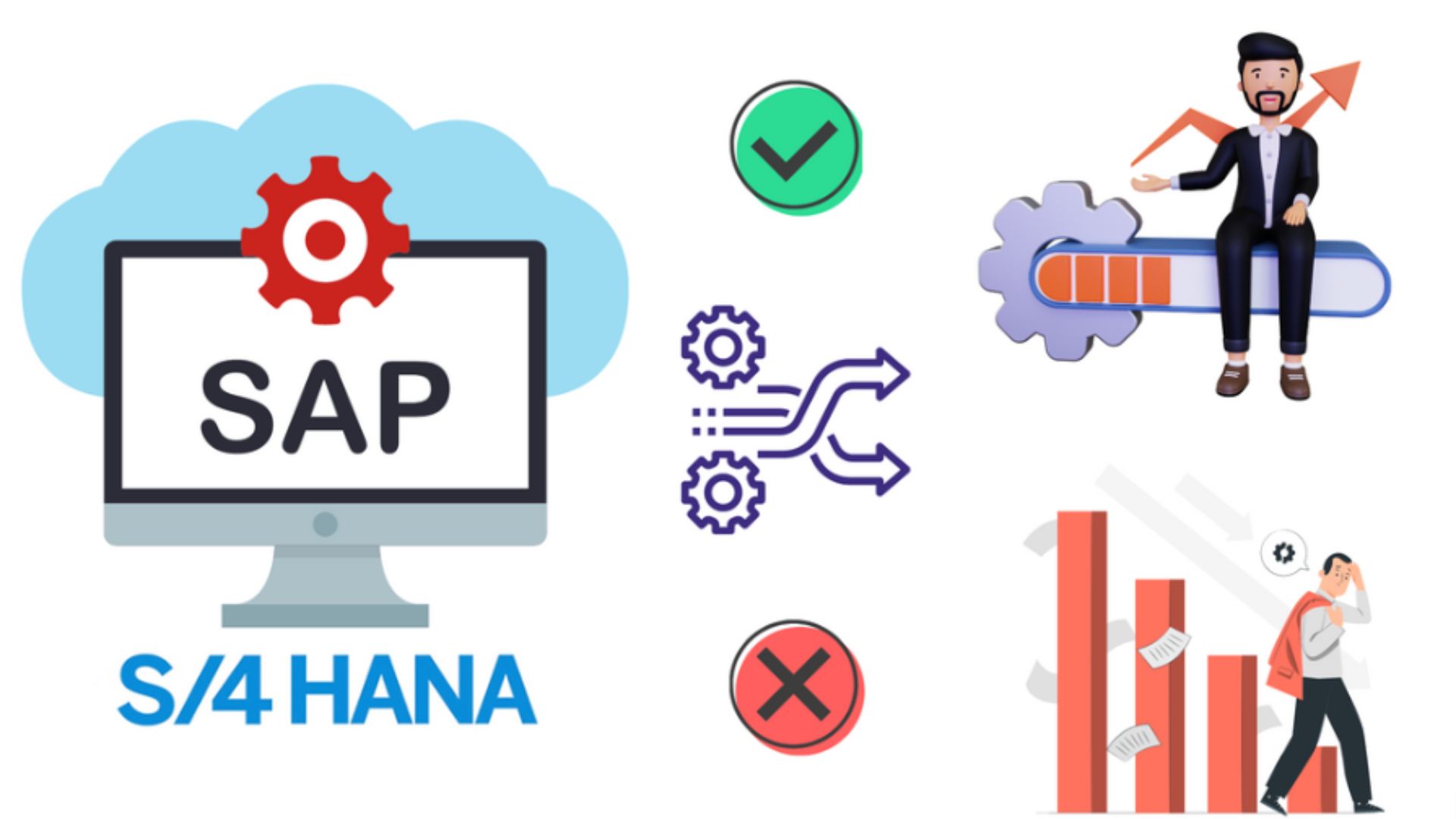Exploring SAP S/4HANA: Transforming Enterprise Resource Planning
SAP S/4HANA has emerged as a revolutionary solution in the world of enterprise resource planning (ERP). Designed to address the challenges of modern businesses, this intelligent ERP system empowers organizations to streamline operations, improve decision-making, and drive innovation. With its advanced features and capabilities, SAP S/4HANA is setting a new standard for digital transformation.
SAP S/4HANA is built on the in-memory computing platform SAP HANA. This architecture enables real-time data processing, which is crucial for businesses striving to maintain agility in a fast-paced world. Unlike its predecessor, SAP ECC, S/4HANA simplifies processes by eliminating redundancies and introducing a simplified data model. This leads to faster processing times and reduces the complexity of managing large-scale operations.

One of the standout features of SAP S/4HANA is its embedded analytics. Traditional ERP systems often require external tools for data analysis, which can lead to delays and inefficiencies. S/4HANA integrates analytics directly into its processes, enabling users to gain actionable insights in real time. This integration allows businesses to make data-driven decisions quickly, whether they are managing supply chains, optimizing production schedules, or analyzing customer behaviors.
The user experience in SAP S/4HANA has also been significantly enhanced through SAP Fiori. Fiori intuitive design and role-based interfaces make it easier for users to interact with the system, regardless of their technical expertise. By prioritizing usability, SAP has made S/4HANA accessible to a broader range of users, fostering collaboration and efficiency across teams.
Another key advantage of S/4HANA is its scalability. Whether a business is a small startup or a global enterprise, S/4HANA can adapt to meet its needs. This flexibility is particularly important in today dynamic business environment, where companies need to scale operations up or down quickly to respond to market demands. Additionally, S/4HANA cloud capabilities provide organizations with the option to choose deployment models that best suit their needs, whether on-premise, cloud, or hybrid.
Transitioning to SAP S/4HANA requires careful planning and execution. Organizations must assess their current systems and processes, identify areas for improvement, and develop a clear migration strategy. SAP offers various tools and services to facilitate this transition, including the SAP Readiness Check and SAP Activate methodology. These resources help businesses minimize disruptions and maximize the benefits of their S/4HANA implementation.
The impact of SAP S/4HANA extends beyond operational efficiency. By enabling real-time data access and analytics, the platform fosters innovation and helps organizations stay ahead of the competition. For instance, businesses can use S/4HANA to implement predictive maintenance, reducing downtime and enhancing asset management. Similarly, its integration capabilities allow companies to connect with Internet of Things (IoT) devices, unlocking new opportunities for process optimization.
In conclusion, SAP S/4HANA is more than just an ERP system; It is catalyst for digital transformation. Its advanced features, user-friendly design, and scalability make it an ideal choice for businesses looking to thrive in the digital age. As companies continue to adopt S/4HANA, it is clear that the future of ERP is here.